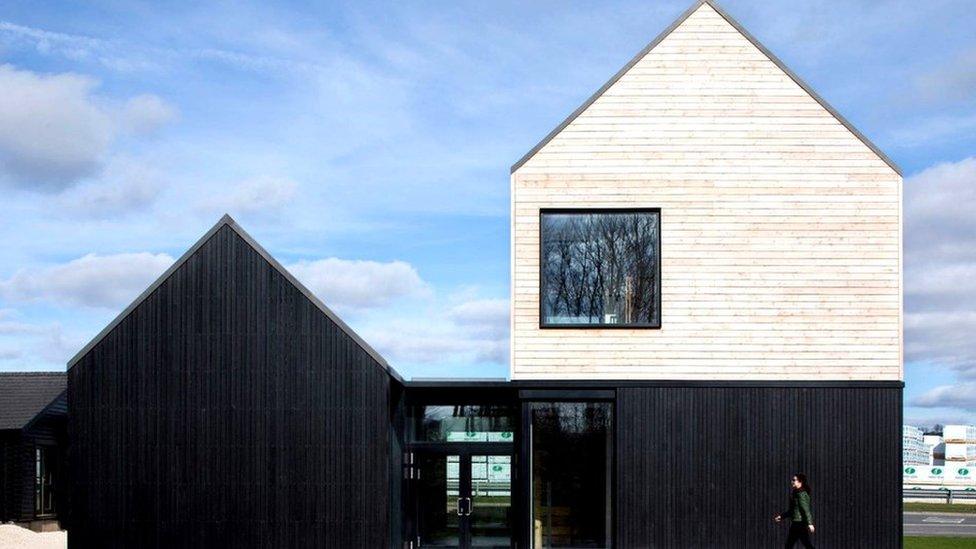Final five compete for building of the year
- Published
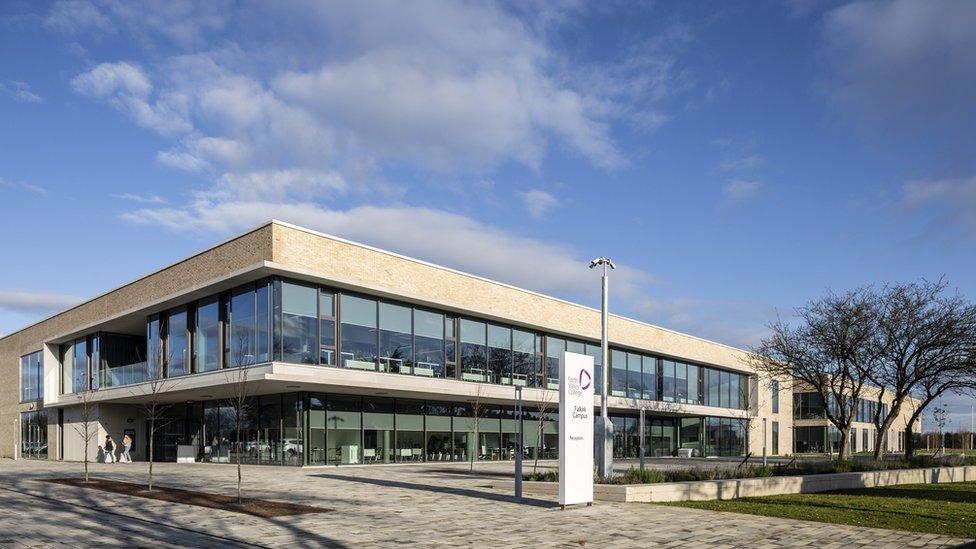
Forth Valley College is one of the five shortlisted buildings
The Royal Incorporation of Architects in Scotland (RIAS) has revealed its shortlist for the country's building of the year.
Two new schools, two workplaces and a mid-century building are competing for the Andrew Doolan Best Building in Scotland Award and a £10k cash prize.
The shortlist is drawn from the winners of the 2022 RIAS Awards which were announced in June.
Scotland's top building will be revealed on 30 November.
Forth Valley College, Falkirk, by Reiach and Hall Architects
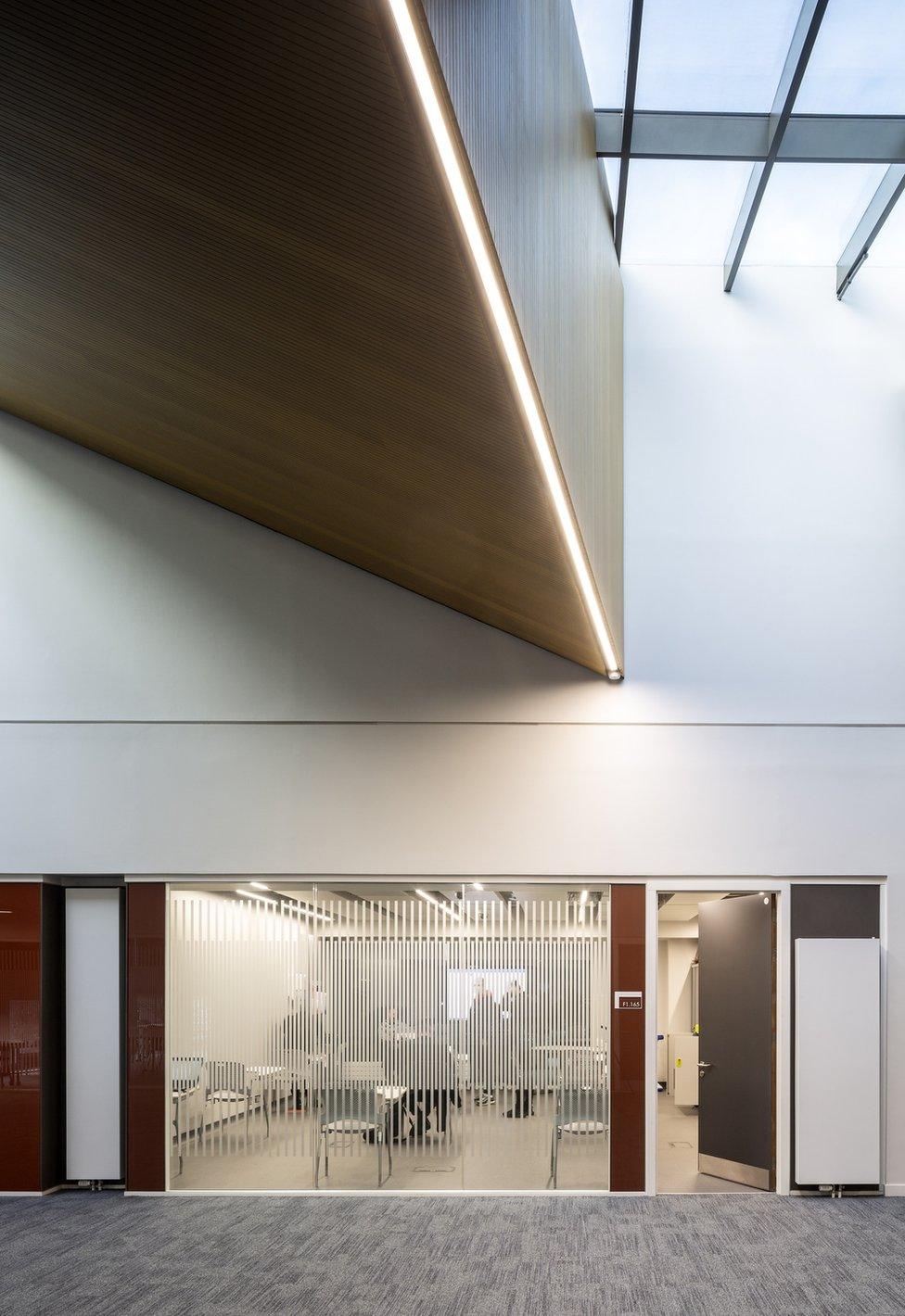
Forth Valley College, Falkirk, by Reiach and Hall Architects is the college's new headquarters
The new Falkirk campus is Forth Valley College's headquarters facility and also houses their Centre of Excellence for Sport.
It is the final building in a £128m development of the college's estate, which saw Alloa Campus open in 2011 and Stirling Campus open in 2012.
The 21,000 sqm campus was designed by Reich and Hall Architects to provide flexible learning spaces and incorporate the latest teaching technology.
The internal building is organised in a grid with courtyards, streets, open learning spaces, and closed classrooms.
Jedburgh Grammar Campus, by Stallan-Brand Architecture and Design
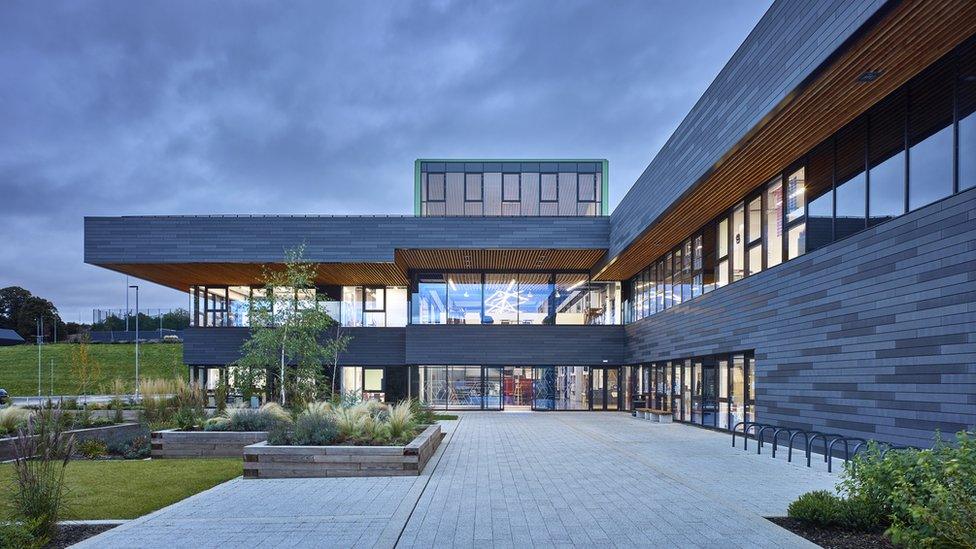
Jedburgh Grammar Campus, by Stallan-Brand Architecture and Design set out to be "the most publicly accessible and community-orientated school in Scotland"
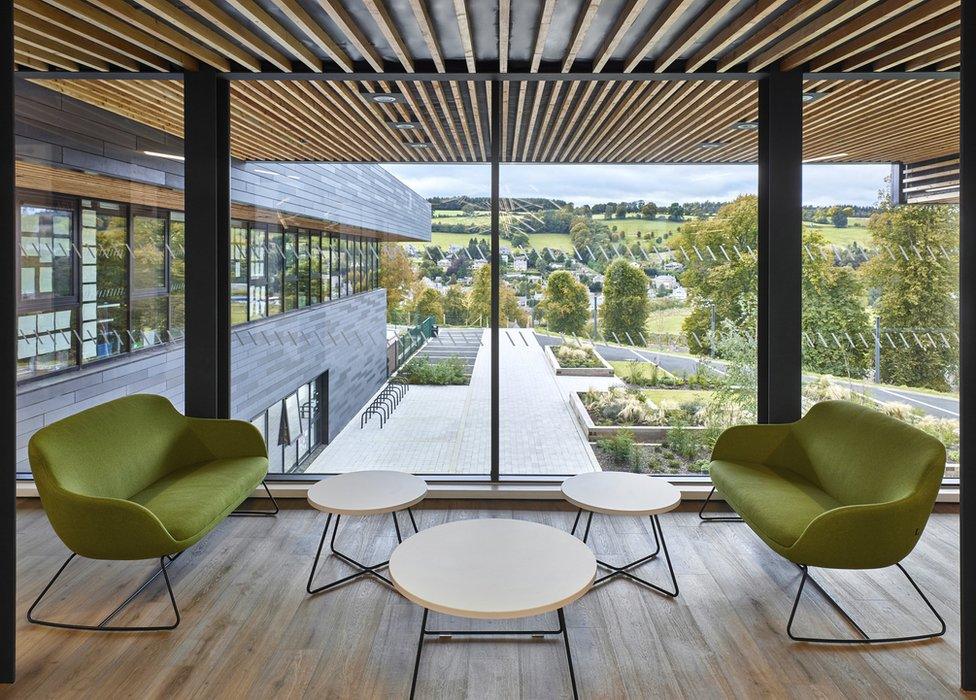
Jedburgh Grammar aimed to strike a balance between educational and community needs.
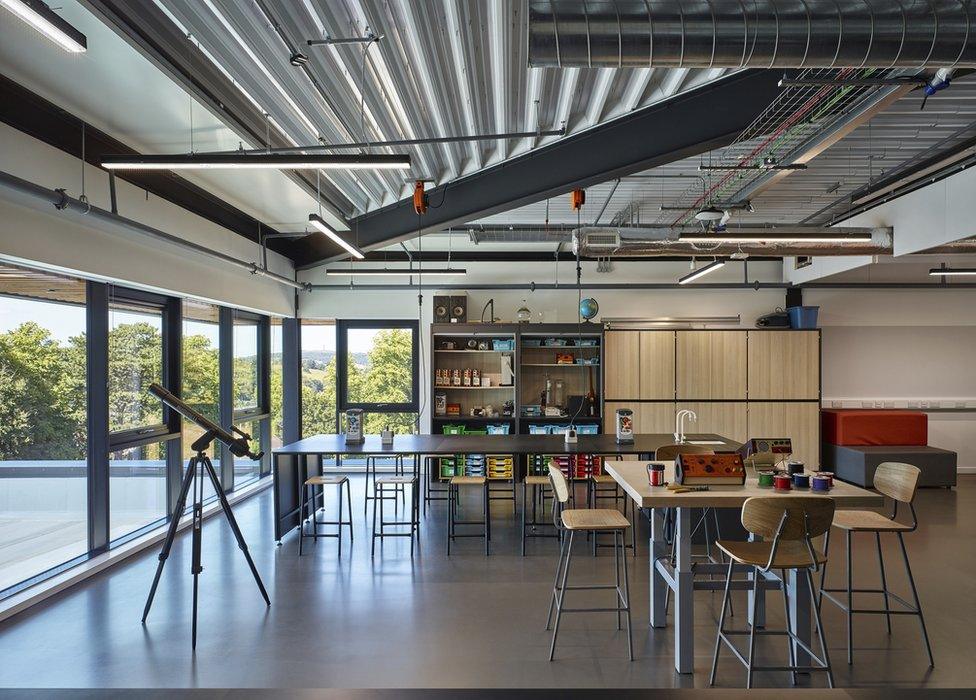
Most of Jedburgh Grammar's areas are public-facing and the whole construction is a civic building, open at all times to the public
Jedburgh Grammar Campus has replaced generic classrooms with flexible spaces that prioritise student wellbeing.
The Scottish Borders school building features science and technology labs, a public library, work rooms and large open studio spaces.
Sport facilities include a hockey pitch, synthetic running track, a grass track, gym and a multi-use games area.
Architects aimed to provide space for students to learn, make, present, socialise and retreat.
High Sunderland, Galashiels by Loader Monteith

High Sunderland was originally constructed in 1957
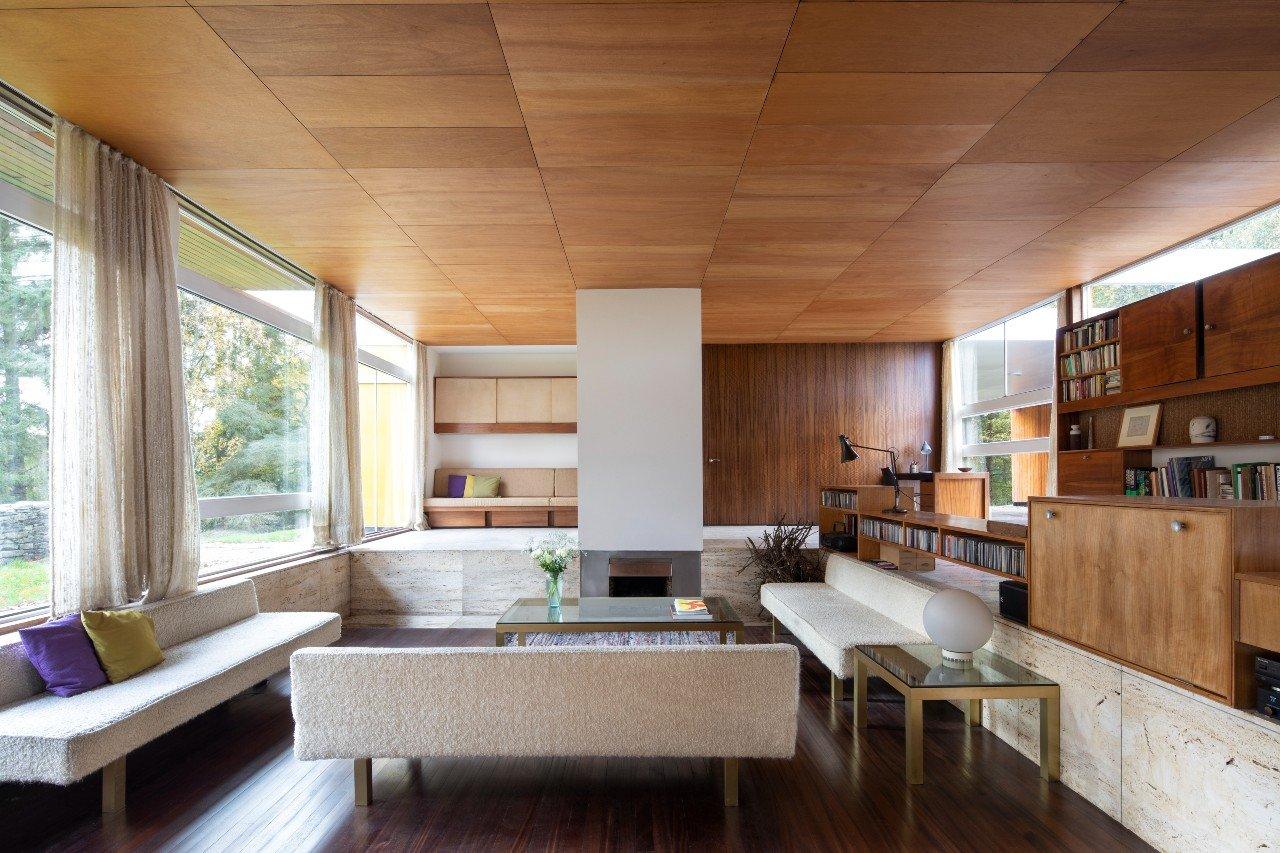
The modernist home was damaged by a fire in 2017
High Sunderland is a 1957 Category A-listed modernist building originally designed by Peter Womersley for renowned textile designer Bernat Klein.
After being damaged by a fire in 2017, Scottish historians of architecture and design Juliet Kinchin and Paul Stirton took over the space.
They appointed Loader Monteith to restore High Sunderland to its former glory and modernise its energy performance.
The architects retained and reused as much of the original property as possible, and only introduced new materials where restoration was not possible..
Lockerbie Sawmill, Lockerbie by Konishi Gaffney
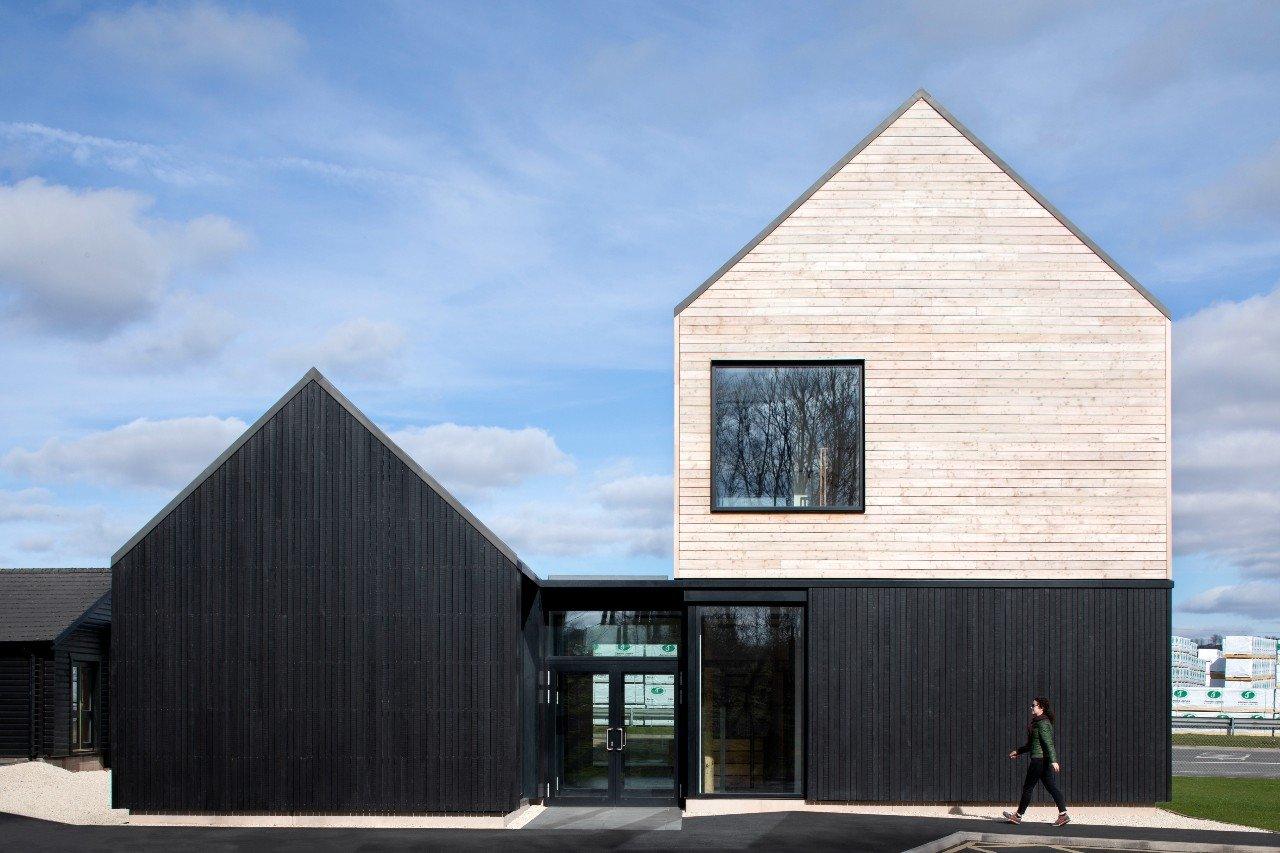
The sawmill incorporates improved visitor facilities
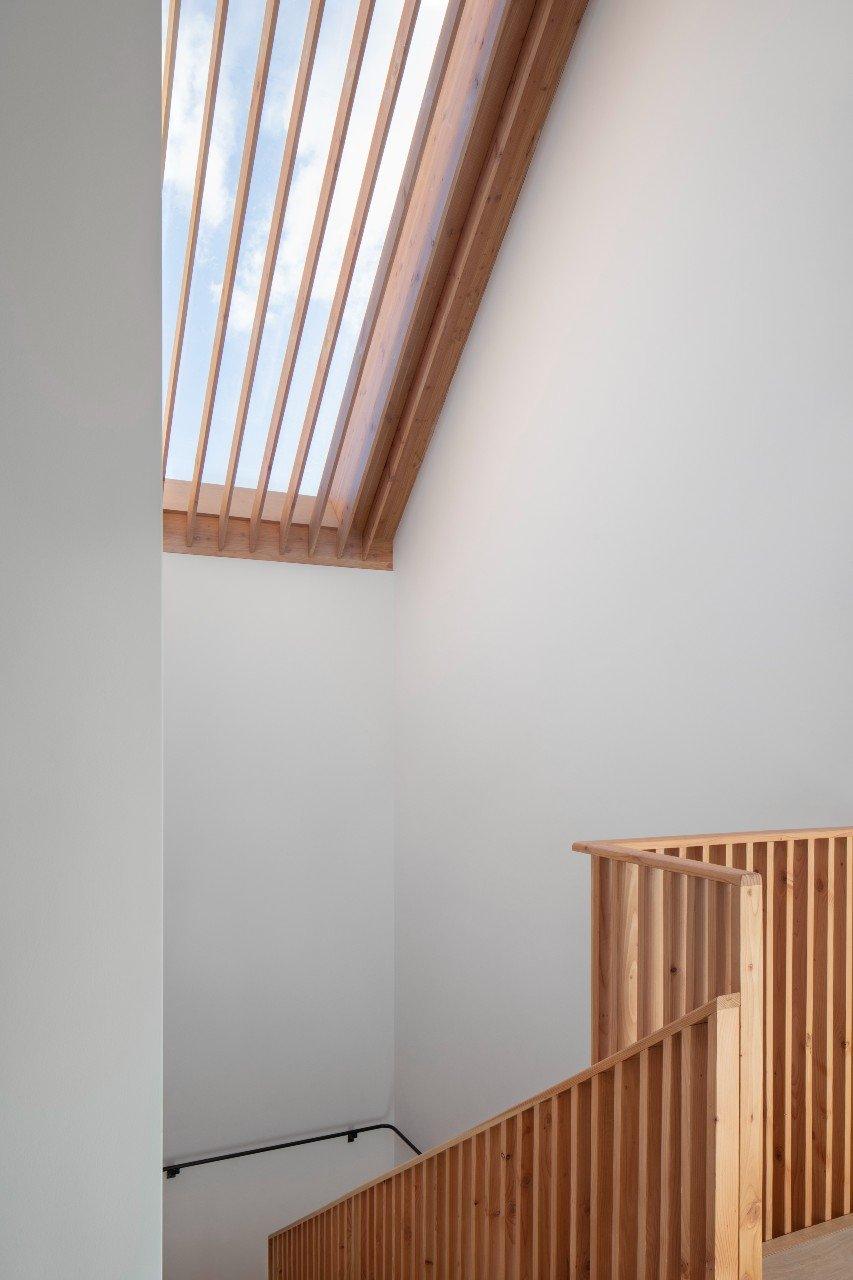
Lockerbie Sawmill prioritises the use of timber
Lockerbie Sawmill is the largest and most technically advanced sawmill in the UK.
It is owned by the James Jones group and acts as a demonstration project, as it is almost entirely erected using their own products.
The design for the building aimed to minimise the use of steel and maximise timber.
The low-energy building was erected in 2021 and provides office accommodation, improved visitor facilities, and the space to host on-site training courses and industry meetings.
Quarry Studios, Aberdeenshire by Moxon Architects
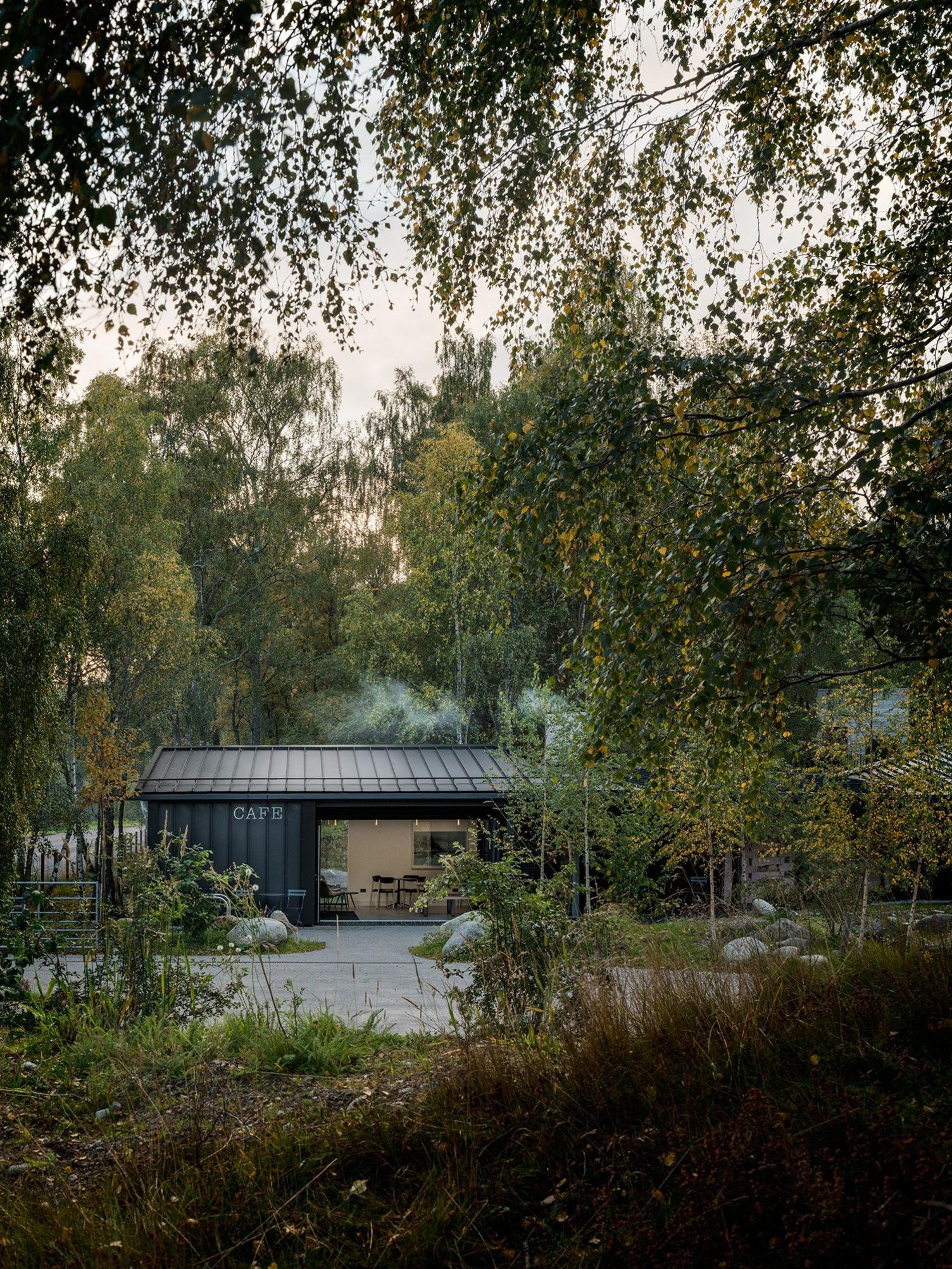
The architect studio was designed to conceptually blend with the national park
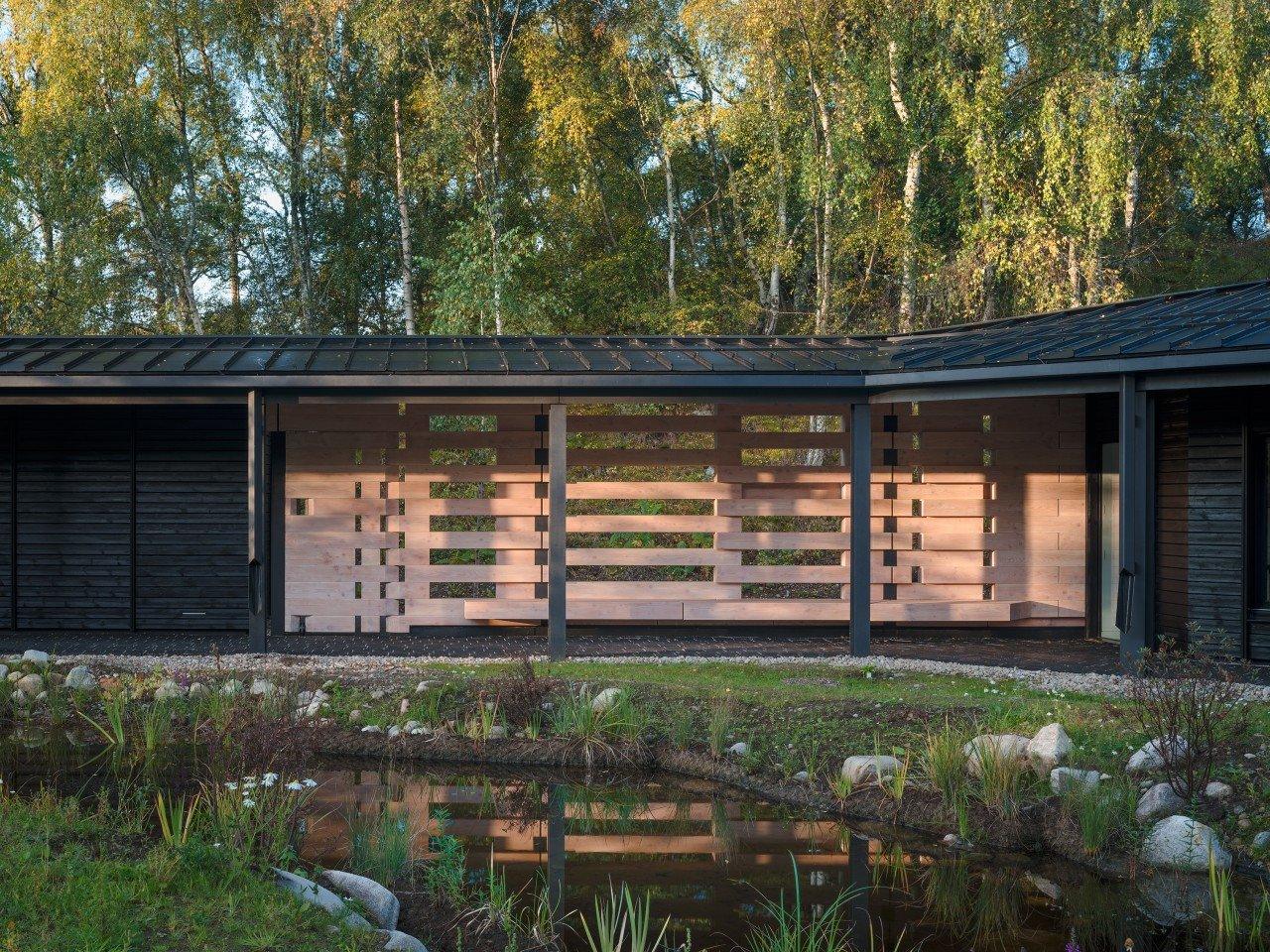
The space showcases its natural surroundings

The space was formerly used as a tip
Moxon Architects' own office is a low-lying building built in a former quarry in the Cairngorms National Park.
The Aberdeenshire building is surrounded by a thick forest and features a private studio, office accommodation, and a public cafe.
Architects installed 50-60 new trees and a pond, as well as outdoor "rooms", terraces and a wild garden.
The quarry had previously been a depot and rubbish site for the local authority roads department before being earmarked for sale as a potential house site.
All images by RIBA Comms.
Related topics
- Published7 June 2022
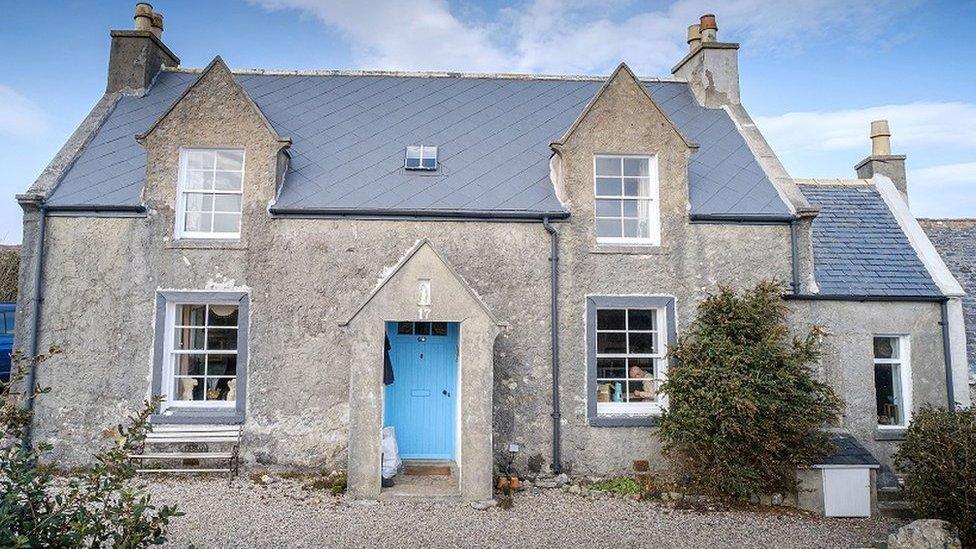
- Published6 June 2022
